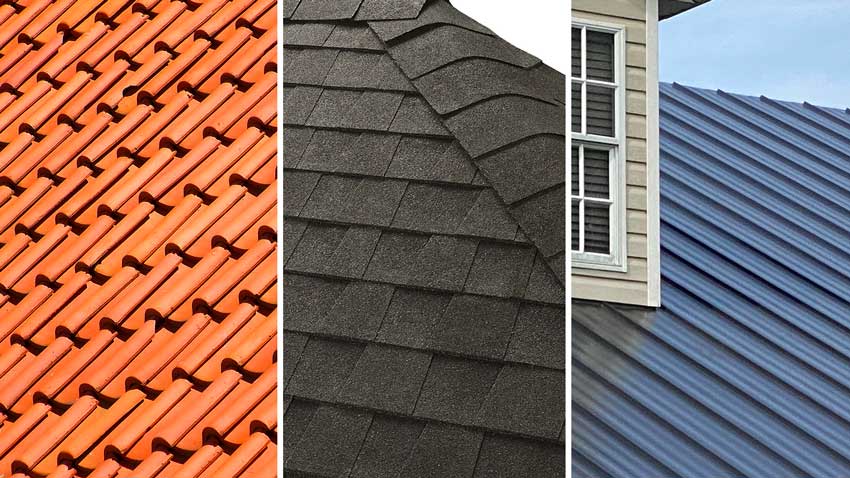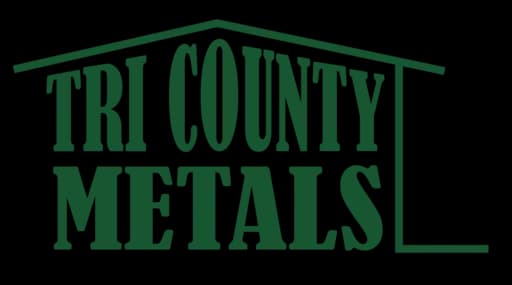Metal Roofing vs Shingle Roofing: Which Is Best for Florida Homes?
Yet, what most consumers don’t realize is that asphalt roofing is not their only choice. Sure, it’s the most widely used roofing material, but that doesn’t mean that it’s the best choice.
Your home’s roof is one of its most important features. Yet few people think much about it until there’s a tropical storm. Read on to learn about the pros and cons of asphalt and metal roofing so you can make an informed decision.
Take the first step
Schedule a fast, no-pressure visit. Since 1987 we’ve got you covered.
Get startedCost and Longevity
Whenever you consider cost, you need to also consider the lifespan of that building material. Often, the cheapest option is not the most economical because of how often it needs to be repaired or replaced.
Shingle roofing is one of the most affordable options, costing anywhere from $350–$900 per square. You can usually get 10–20 years of use out of a shingle roof, and sometimes as long as 30 years with proper installation.
On the other hand, metal roofing is among the most expensive materials, ranging from $700–$1500 per square. However, metal roofing can last 20 to 50 years or more.
Often the biggest factors impacting the longevity of your roof are the workmanship and how well it is installed, as well as environmental factors such as salt air or overhanging trees.
Shingle Roofing Pros
- Lower upfront cost and easier to install.
- Materials are widely available and contractors are easy to find.
- Easy to repair—damaged shingles can be quickly replaced after storms.
- Contractors can walk on shingles without damaging them during installation.
Shingle Roofing Cons
- Shorter lifespan compared to metal, which may result in higher long-term costs.
- Limited color variety and heavier weight on your roof structure.
- Made from petroleum-based materials, which are flammable and environmentally unfriendly.
- 11 million tons of shingles end up in landfills each year—ask your contractor about recycling.
- Not ideal for Florida’s extreme heat and frequent storms—easily damaged and heat-retentive.
Metal Roofing Pros
- Highly durable and can last up to 50 years or more.
- Lightweight, eco-friendly, and available in various colors and styles.
- Ideal for Florida homes and compatible with solar panels.
- Typically more energy-efficient and reflective, helping to reduce cooling costs.
Metal Roofing Cons
- Higher upfront material and labor costs due to precise installation requirements.
- Not allowed in some HOA communities—check local codes before installing.
- Can radiate heat into the attic depending on the metal type and finish.
- May increase or decrease your homeowner’s insurance premium—check with your provider.
Final Thoughts
We hope this guide to metal roofing vs shingle roofing has given you valuable insight into choosing the right roof for your Florida home.
Ultimately, your decision comes down to how long you plan to stay in your home and whether you prioritize long-term savings or short-term affordability.
Next, check out our 5 tips for hiring the best roofing company in your area to get the most from your investment.















